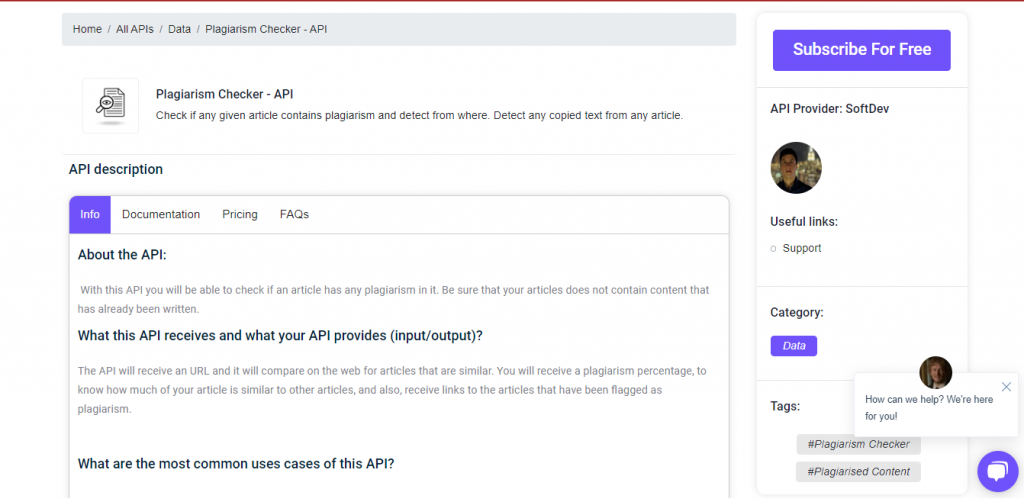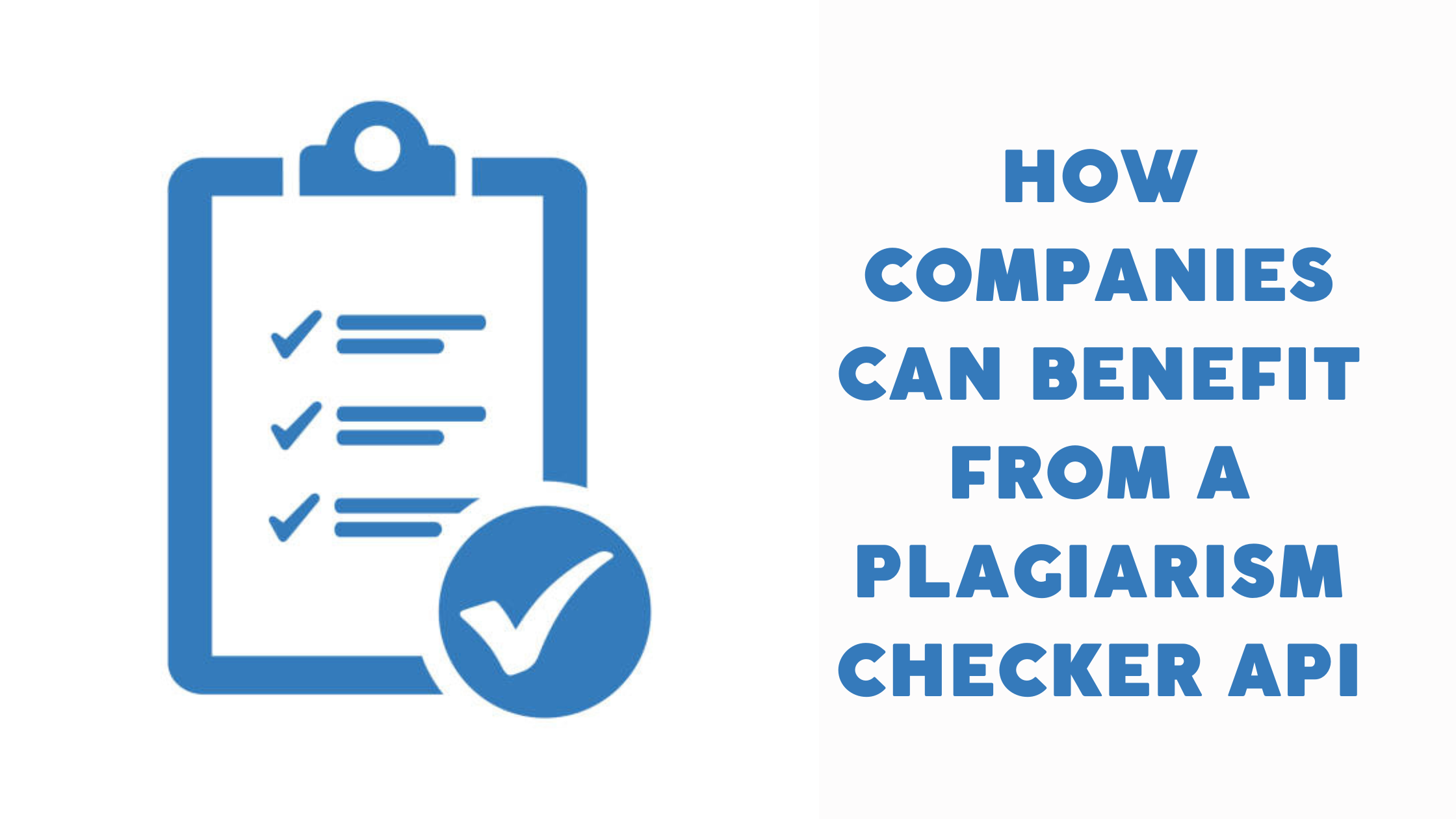Do you have a company? Check if there is no plagiarism in your website with this plagiarism detector API!
Anyone who has authored anything for either private or public use fears the thought of unwittingly appropriating another person’s words or ideas and becoming embroiled in a contentious plagiarism issue. Careers can be destroyed by plagiarism, even unintentional plagiarism.
Plagiarism is the act of using knowledge that was obtained from a third party without giving credit. But copying words is not the only instance of plagiarism. It involves stealing ideas or artistic expressions and passing them off as your own. Unfortunately, this occasionally occurs in business, and no matter the circumstances, it is prohibited.

Plagiarism goes beyond “copying and pasting.” You must always use citations to acknowledge the original author of any information that is not your own. You must mention not only the text but also any illustrations, graphs, concepts, and more. Here are a few instances of plagiarism:
- intentionally stealing another student’s work or using the internet to copy and paste
- delivering a paper or assignment that was purchased online
- using a source or image without properly attributing it in your assignment
- Using incorrect quotation marks or omitting them when enclosing direct quotations
- utilizing a previous project of yours (self-plagiarism)
- working together with other students on tasks that are intended to be individual (group or team plagiarism)
The first and most crucial action you can take to avoid plagiarism is to plan your work thoroughly. Plan how you will include other sources of information into your work if you intend to utilize them. To do this, you must strike a balance between your own ideas and the ideas you have borrowed from other people. It will be easier to draw the line between your views and those of your sources if you write an outline or develop a thesis statement in which you expressly create an argument concerning the data you acquire. To embrace this, you should use Plagiarism Checker API.
Plagiarism Checker API: An Overview
A Zyla Labs program is used to check articles for instances of plagiarism. Plagiarism Checker API it´s vital to make sure that none of the material in your articles has ever been published previously. In essence, you may check to see whether a piece of writing is plagiarized and make sure that none of your own writing appears in the works you publish. This API may be used to create a real-time plagiarism detection or detector that returns results instantaneously.

Basic Operation
After receiving a URL, Plagiarism Checker API will look online for related products. You will receive a percentage indicating how similar your work is to other works, along with links to publications that have been accused of plagiarizing.
A Suggested API
The API of Plagiarism Checker is perfect for content producers who want to avoid having their posts or articles accused of plagiarism.
To ensure that every piece created is entirely original, you should also check to see if any of your content creators are utilizing the same text samples from any online sources. You should also check to see if any online articles have used any of your own writings as source material.

